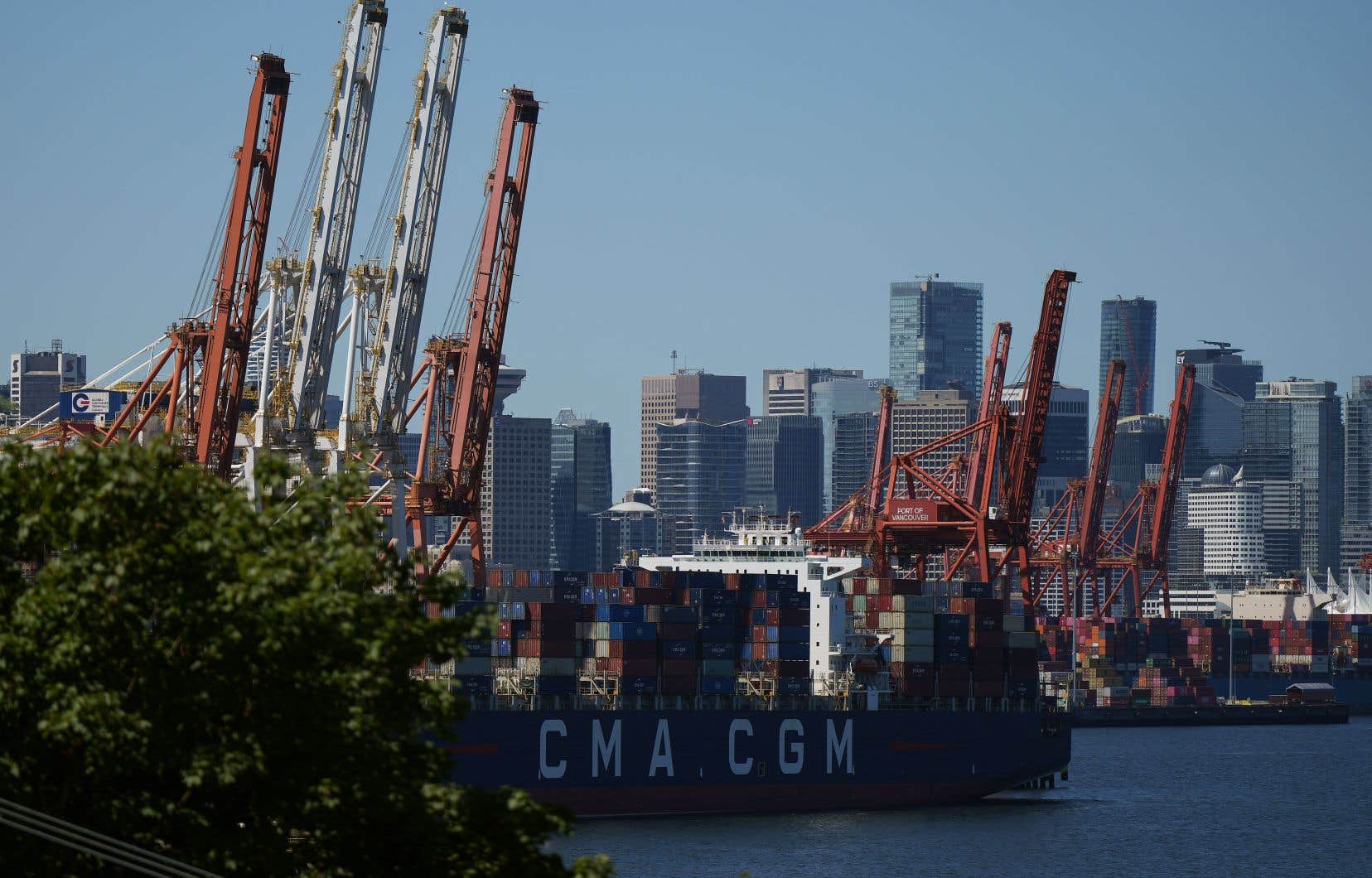Canadian thermal coal exports increased another 7% last year, reaching the highest level in almost a decade.
The boom in exports of the type of coal burned to generate electricity comes as Canada leads a campaign to end the use of coal as an energy source around the world.
The Liberals also promised three years ago that all thermal coal exports from Canada would cease by 2030, but exports have increased by almost 20% since that promise was made.
Statistics released this month by the ports of Vancouver and Prince Rupert show 19.5 million tonnes of thermal coal were exported through their terminals last year.
That’s up from some 18 million tonnes exported in 2022 and is nearly double the amount Canada exported in 2015, when the Liberals took power.
Fraser Thomson, lawyer at Ecojustice, says most ports on the west coast of the United States will no longer allow exports of thermal coal.
According to him, the Canadian government must step in and keep its promise to stop both exports of Canadian products and coal from the United States passing through Canada.
“There’s really no time to lose,” he maintains. They promised it in 2021 and we have seen the cost of inaction. Coal exports continue to increase, this problem is getting worse and it is not going to solve itself. This requires definitive action, and the federal government is the government that can do it. »
Coal is considered the dirtiest fuel for generating electricity in terms of greenhouse gas emissions and air pollution. When burned, it produces almost twice as much carbon dioxide as natural gas to produce the same amount of energy.
Global coal consumption increased in 2022, partly due to Russia’s invasion of Ukraine which led to a surge in gas prices. The International Energy Agency said in its most recent forecast that it believed demand for thermal coal may have peaked in 2023.
China accounts for more than half of global thermal coal consumption, and India almost 15%.
Exasperation in the House of Commons
Environment Minister Steven Guilbeault said last month he planned to announce a plan to phase out coal exports later this year.
NDP MP Laurel Collins, tired of waiting for Minister Guilbeault to act, introduced a private member’s bill in February aimed at forcing an end to coal exports. The bill has not yet been debated.
On Friday, she said she was exasperated by the continued increase in coal exports.
“Even after my motion was tabled, they simply repeated the same thing they have been saying for years now, that they intend to phase out thermal coal exports and yet the facts refute their affirmations. No action was taken,” she said.
Some workers whose jobs depend on coal need a transition plan and time to adapt to different industries, says Ms.me Collins. If the government does not act quickly, she said, there will not be enough time for this adjustment and workers will suffer the consequences.
The New Democrat points out that Canada has been hailed as a leader in the fight against coal-fired energy, yet it continues to export the problem.
Canada and the United Kingdom also launched the Powering Beyond Coal Alliance seven years ago to encourage all countries to reduce the use of coal as an energy source.
Domestic consumption of coal-fired power in Canada has fallen dramatically, helped by Ontario’s decision to close all of its coal-fired power plants. The last one in this province closed its doors in 2014.
Alberta’s last two coal-fired power plants will switch to natural gas this year.
Saskatchewan, New Brunswick and Nova Scotia are the only other provinces that rely heavily on coal, but regulations force them to shut them down, switch to gas or equip them with emissions capture technology by 2030.
Despite all this, Mr. Thomson said Canada continues to ship coal abroad.
“When the Liberals banned the burning of coal in this country, the idea was that the coal mines that supplied these power plants would be closed and that this industry would eventually transition,” he said.
“What we have seen since then is that domestic coal production has tripled, and the government seems to be doing nothing about it despite promises to tackle it. »
Almost all thermal coal produced in Canada comes from coal mines in Alberta and is exported, primarily to Asia, from ports in British Columbia.
